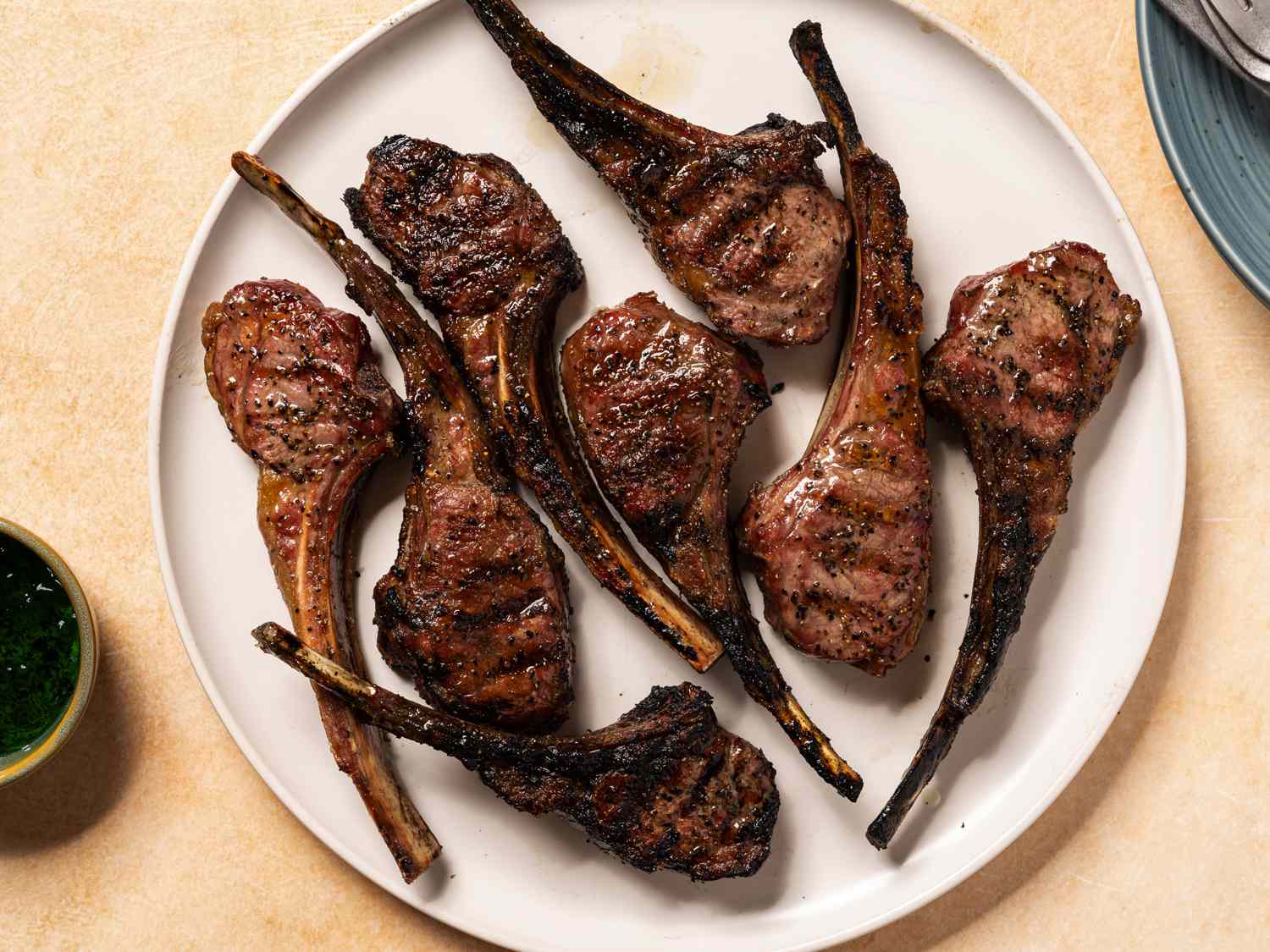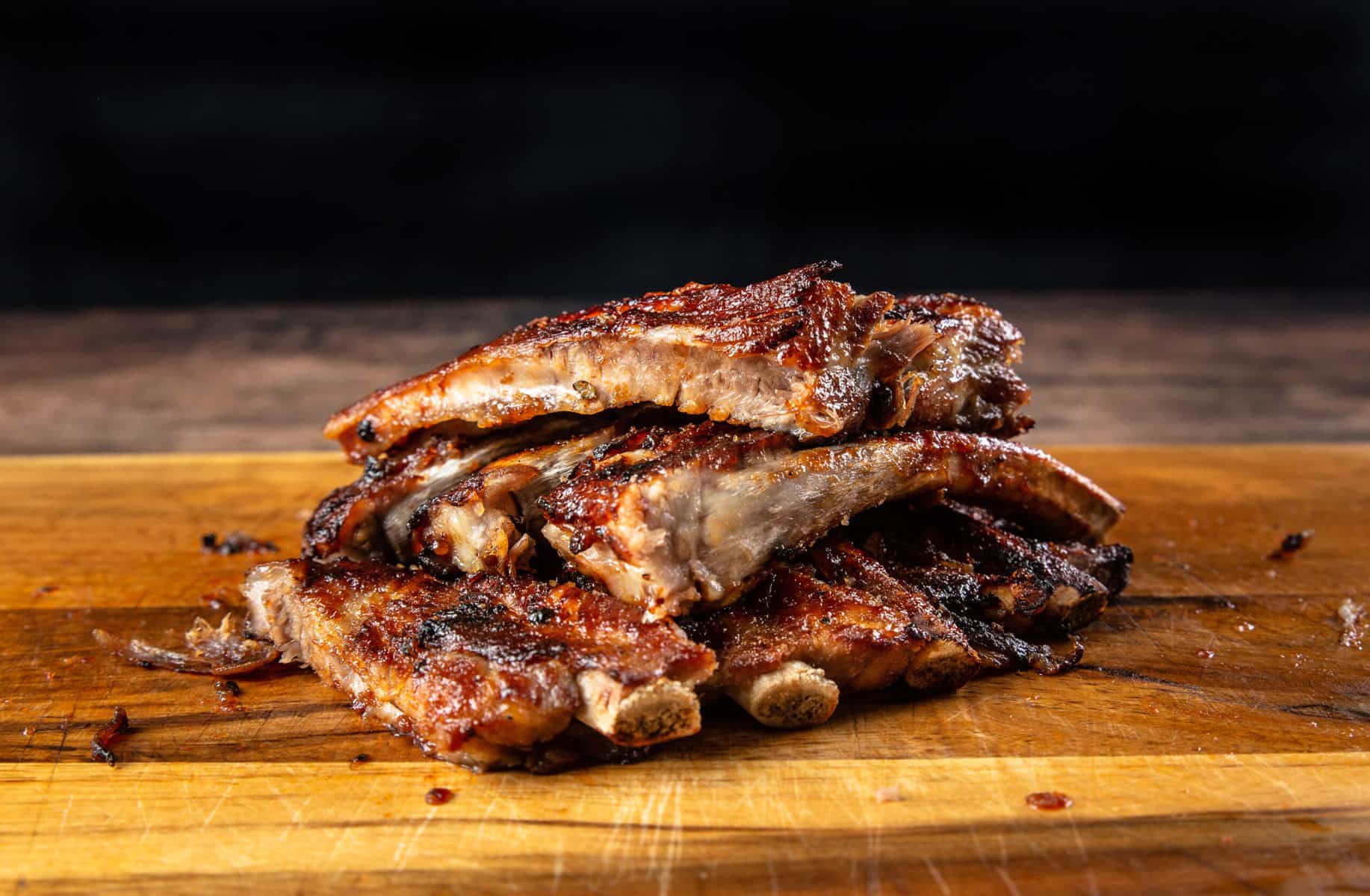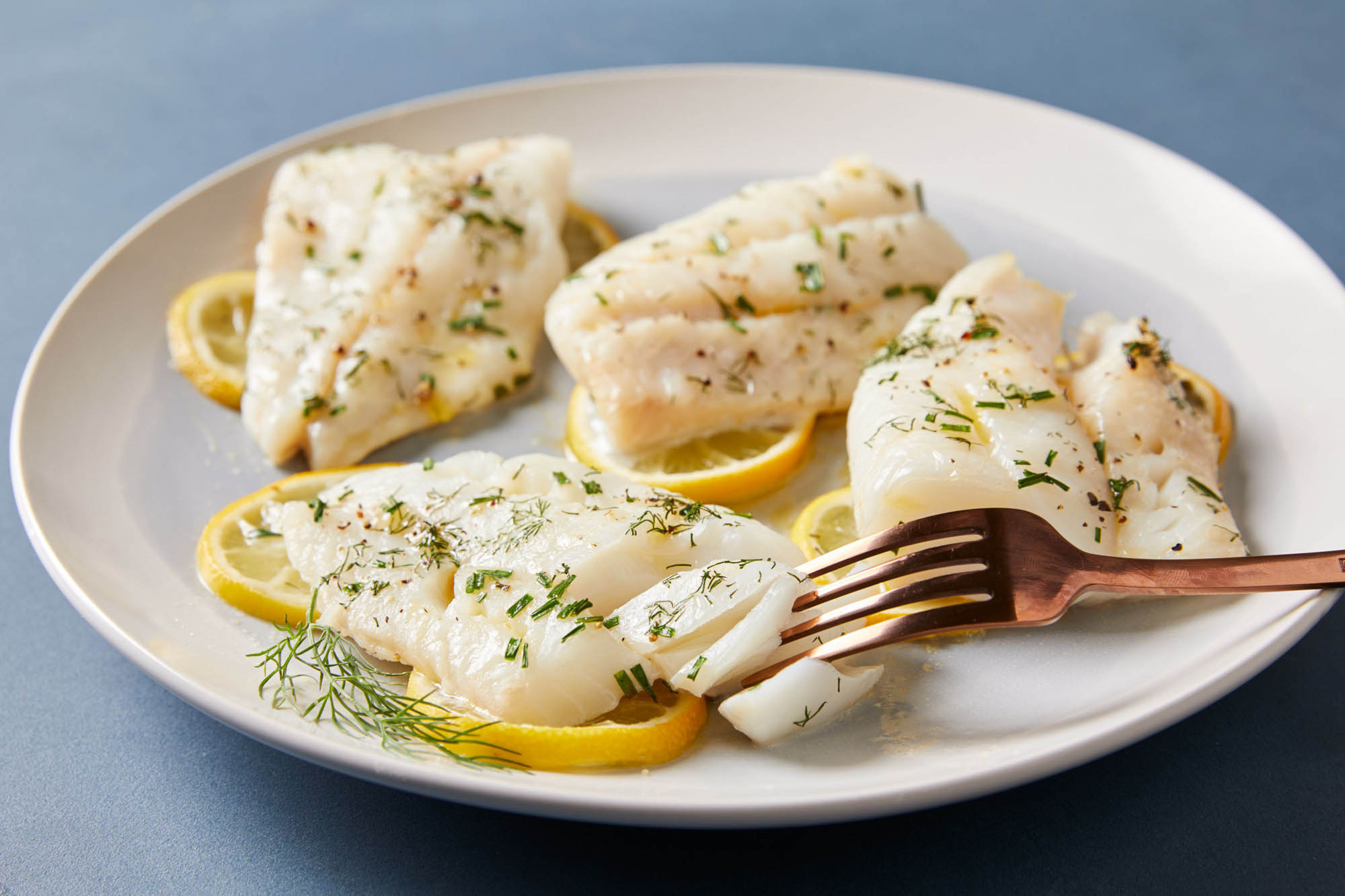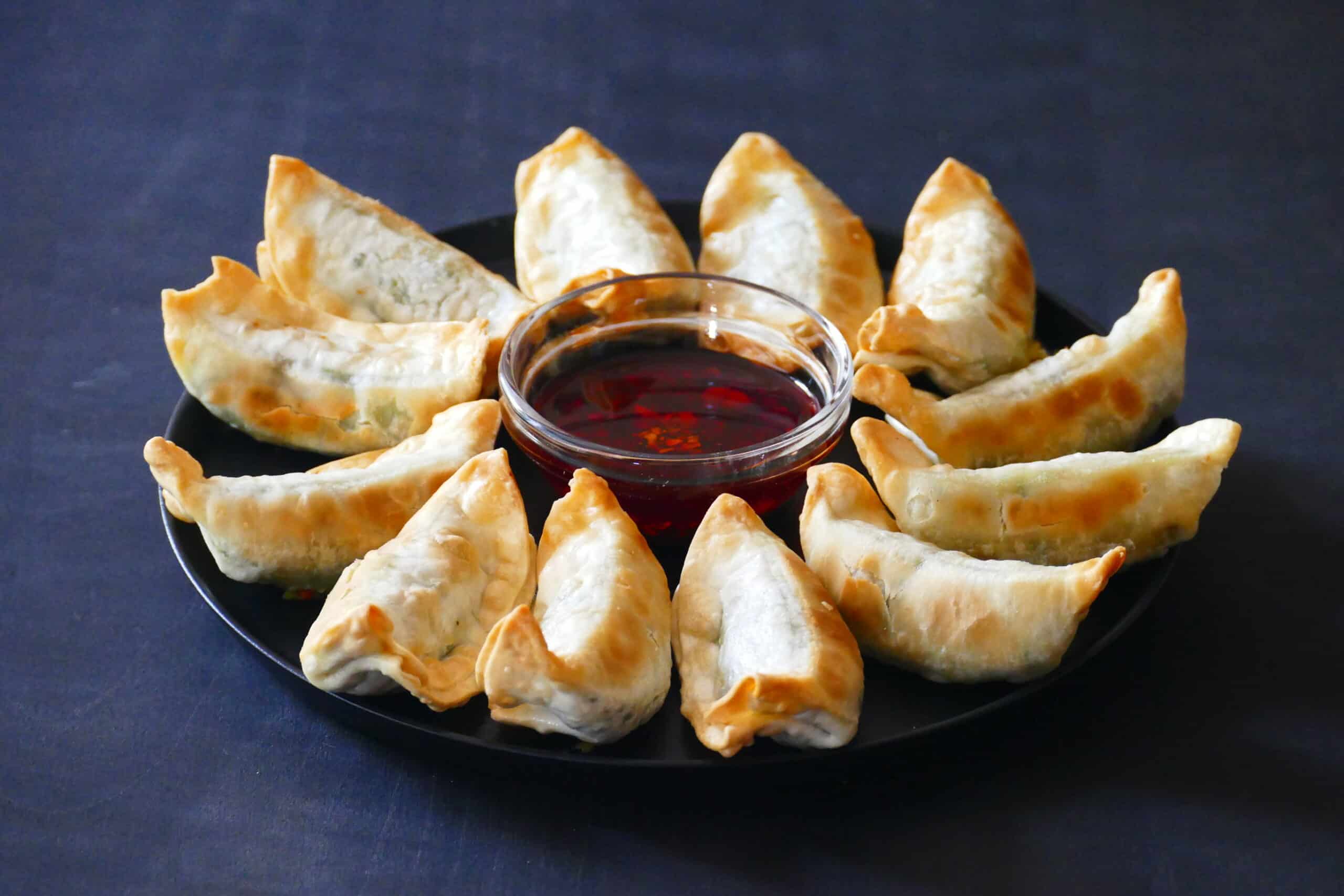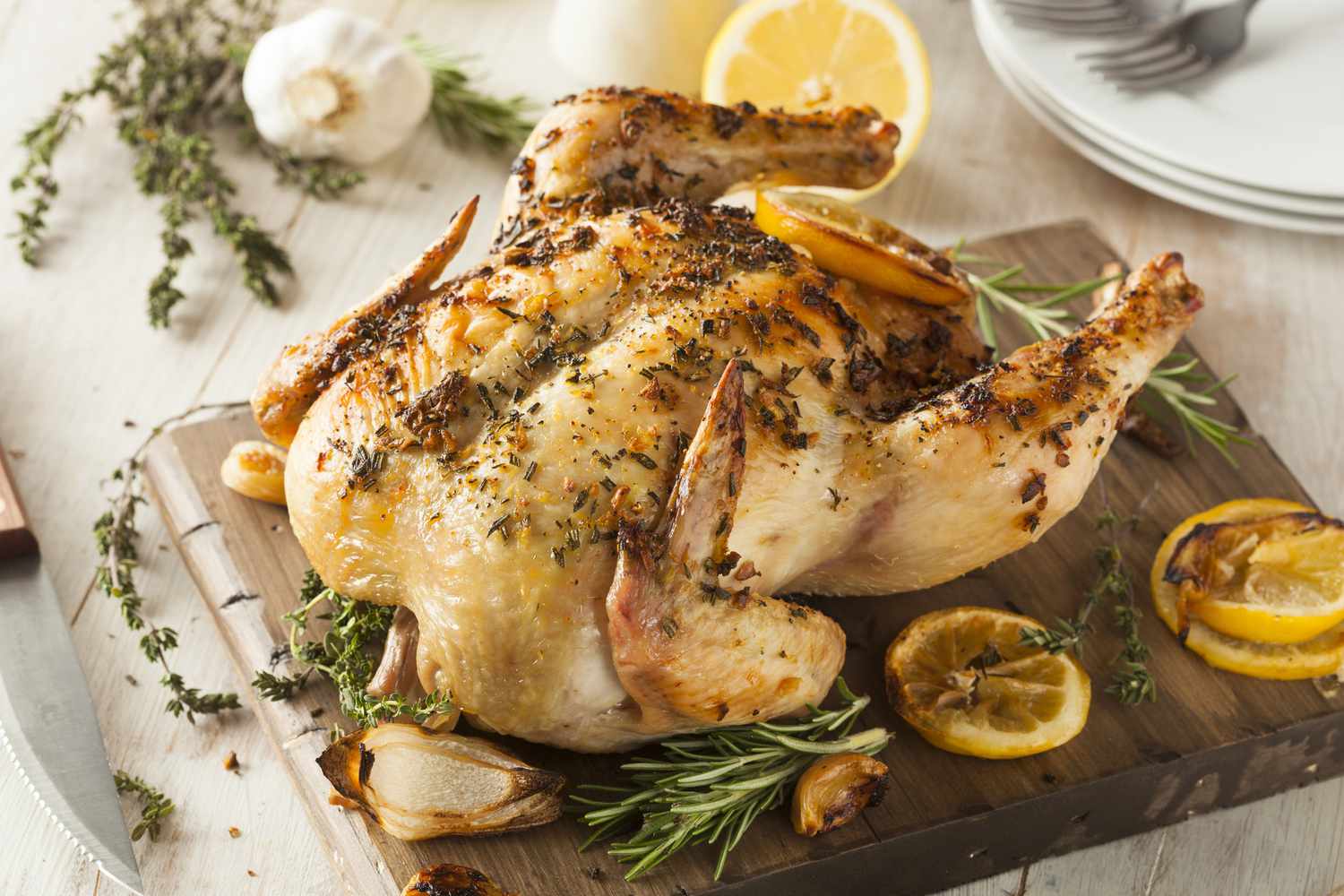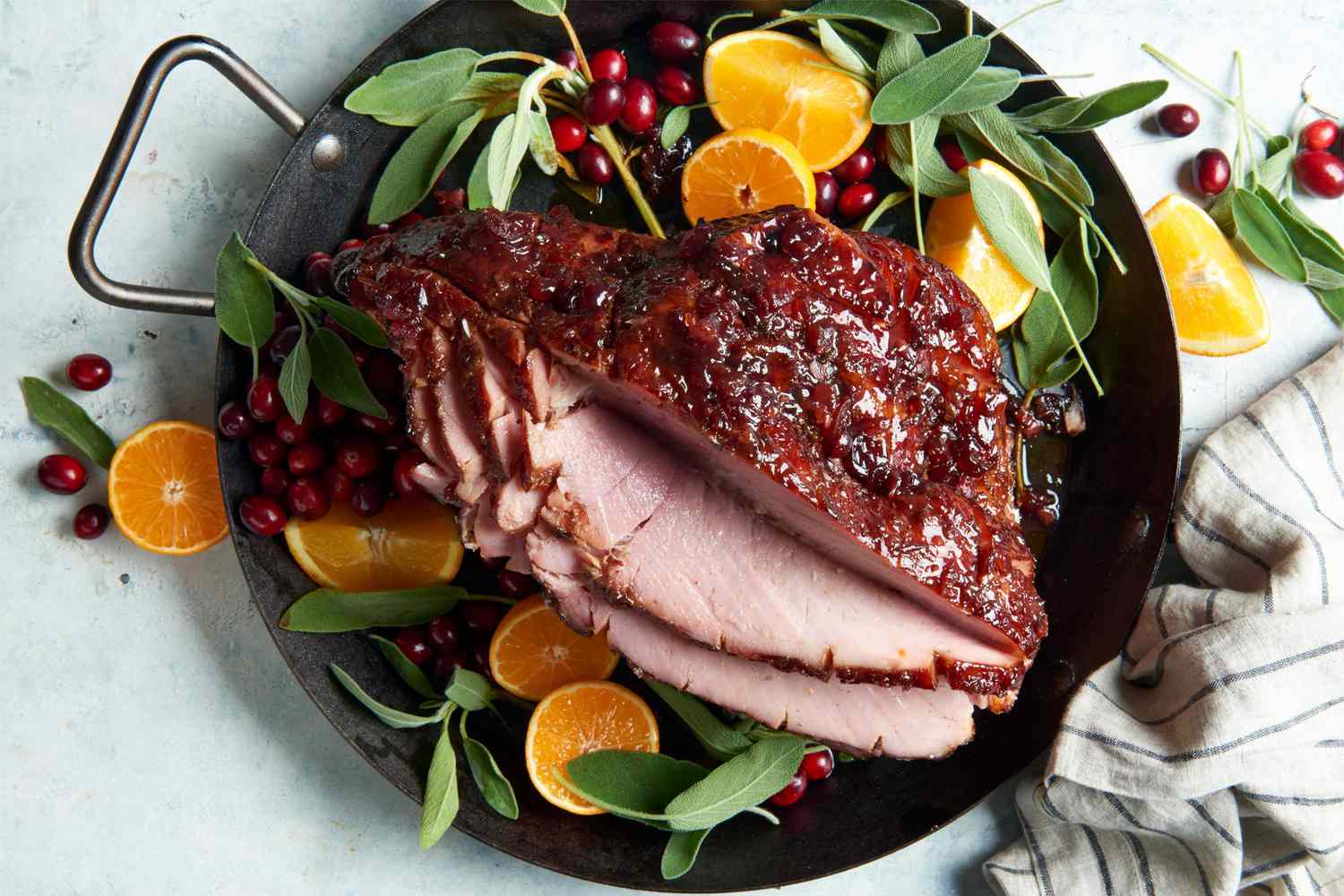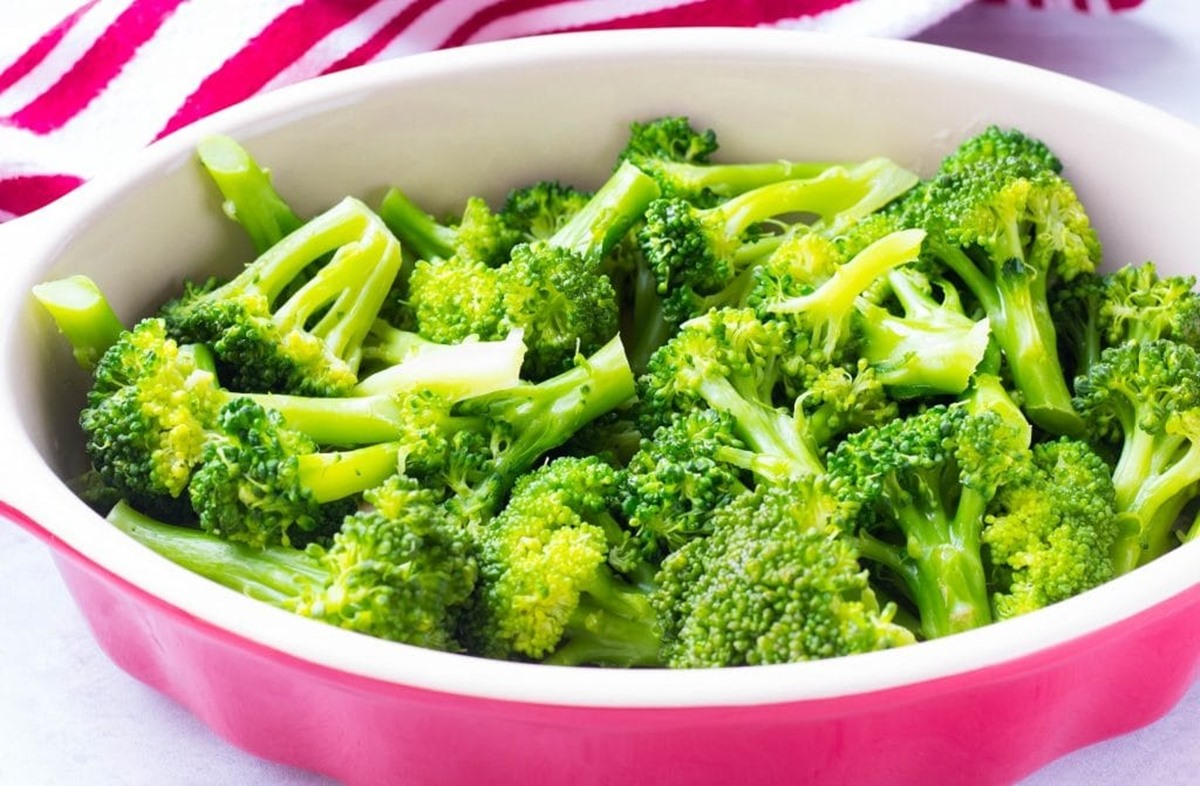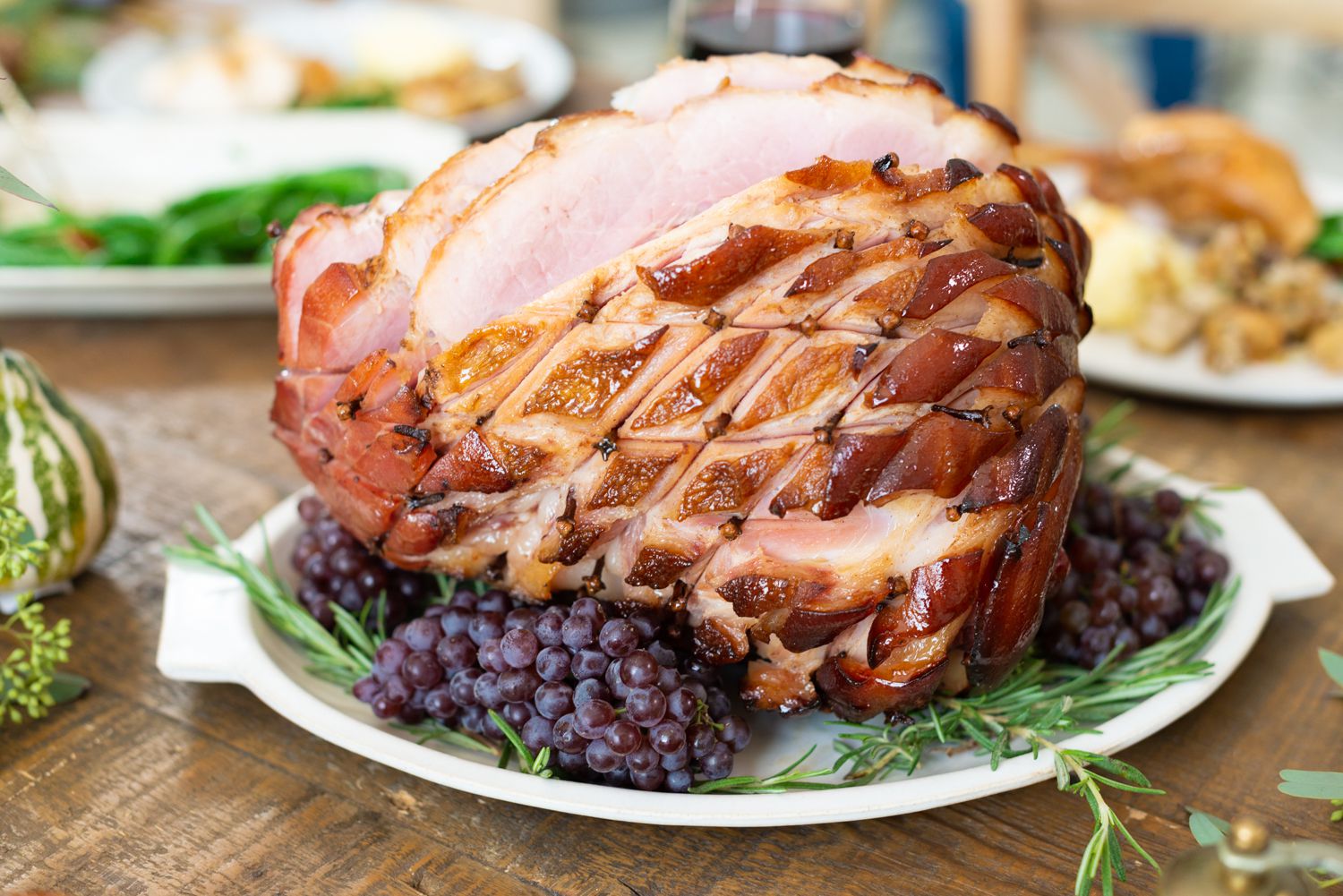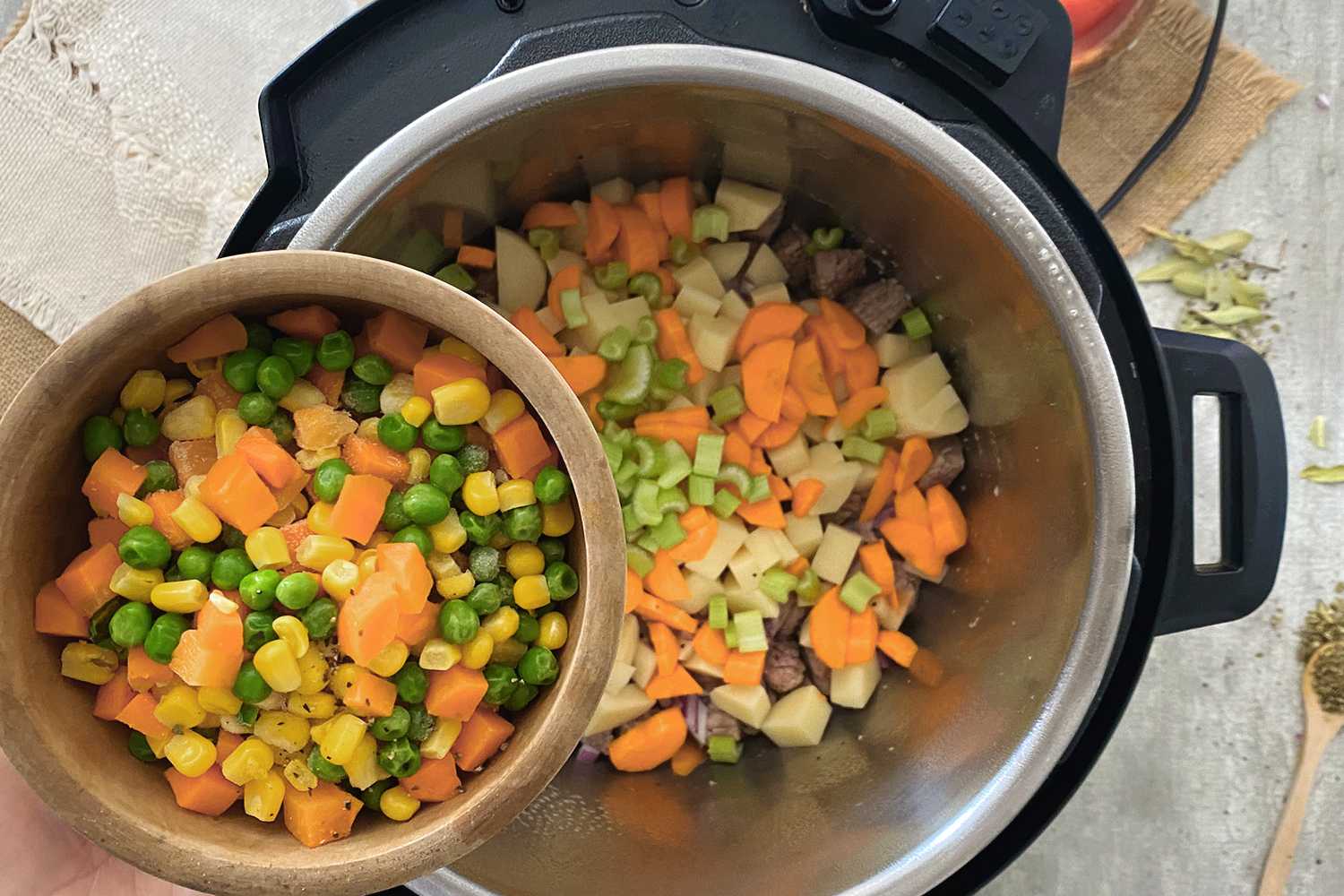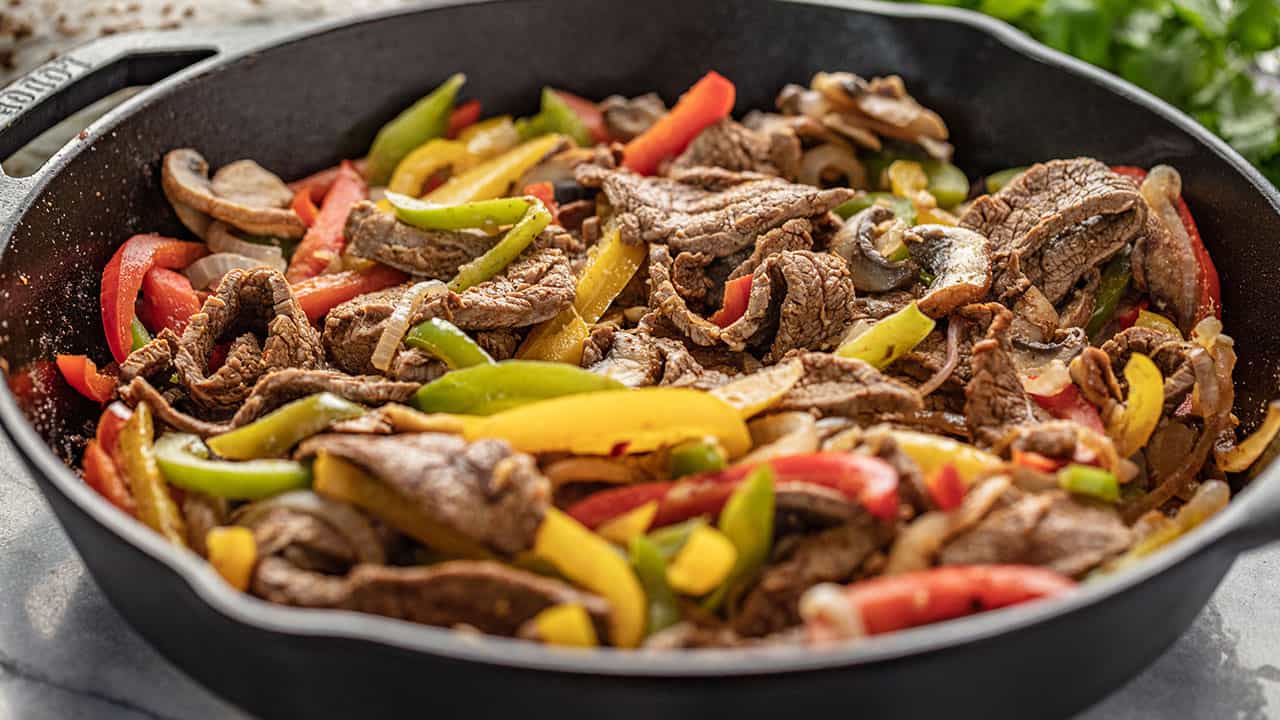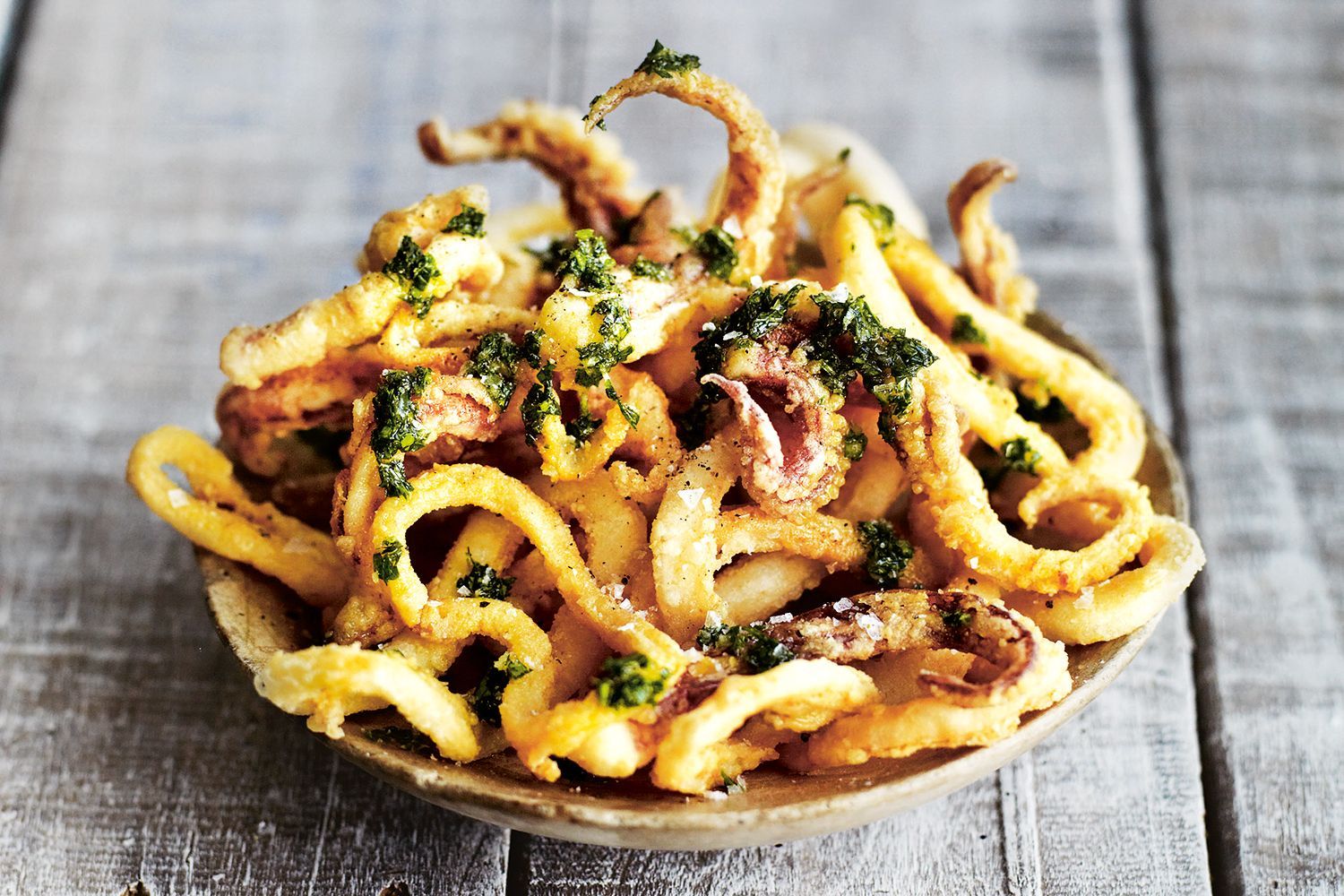Grilling a Mouthwatering Small Brisket
Are you a fan of smoky, tender, and flavorful meats? Then you’re in for a treat because today we’re diving into the world of grilling small briskets. The grill adds a delightful smokiness that enhances the delicious flavors of the tender meat, making it an absolute crowd-pleaser. Whether you’re a seasoned grill master or a newbie looking to impress, we’ve got you covered with our step-by-step guide to cooking a small brisket on the grill.
Choosing the Perfect Brisket
Before we fire up the grill, let’s start by selecting the right brisket. Ideally, you’ll want to opt for a small brisket, around 4-6 pounds. Look for one with good marbling, as this will contribute to its tenderness and flavor. When purchasing your brisket, make sure it’s fresh and from a reputable source, ensuring the best quality and taste.
Prepping the Brisket
Now that you have your small brisket, it’s time to get it ready for the grill. Follow these simple steps:
- Trim excess fat: While fat adds flavor, too much can make your brisket greasy. Trim any excessive fat, leaving about a quarter-inch to ensure it remains moist and juicy during the grilling process.
- Season generously: Create a delicious rub by combining your favorite spices such as salt, pepper, garlic powder, paprika, and brown sugar. Massage the mixture onto all sides of the brisket, allowing the flavors to penetrate the meat. For an extra kick, you can also add some cayenne pepper or chili powder.
- Let it rest: Once seasoned, let the brisket rest at room temperature for about 30 minutes. This allows the flavors to meld and the meat to absorb the seasonings.
Grilling Time!
Now for the exciting part – firing up the grill and cooking that small brisket to perfection:
- Preheat your grill to medium heat, around 250°F (120°C).
- Indirect grilling: Place your small brisket on the grill, away from direct heat. This will help cook the meat evenly and prevent it from drying out.
- Smoke it up: If you’re using a charcoal grill, add wood chips or chunks to create delicious smoke. Mesquite, hickory, or oak are popular choices for adding that authentic smoky flavor.
- Cover and cook: Close the grill lid and let the magic happen. Brisket cooking time can vary depending on the size and thickness, but typically it will take around 1.5-2 hours per pound. Use a meat thermometer to ensure the internal temperature reaches 195-205°F (90-96°C) for that melt-in-your-mouth tenderness.
- Rest and slice: Once the small brisket reaches the desired temperature, remove it from the grill and let it rest for about 15-20 minutes. This allows the juices to redistribute, resulting in a juicier and more flavorful end product. Remember to slice against the grain to maximize tenderness.
Serving Suggestions
Your small brisket is now ready to be devoured! Here are some serving suggestions to complement its mouthwatering flavor:
- Classic BBQ style: Serve your sliced brisket with a side of tangy homemade barbecue sauce, coleslaw, and cornbread for a traditional BBQ feast.
- Tacos or sandwiches: Pile up your tender brisket slices onto warm tortillas or buns. Top with your favorite fixings like pickles, onions, and a drizzle of creamy sauce.
- Salads and bowls: Add sliced brisket to a vibrant salad or grain bowl for a hearty and nutritious meal.
There you have it – a comprehensive guide to grilling a small brisket on the grill. With a little patience and skill, your efforts will be rewarded with a juicy and flavorful piece of meat that will impress your guests. So, fire up that grill and get ready to enjoy the deliciousness! Happy grilling!
Was this page helpful?
Read Next: How To Cook A Beef Loin Tenderloin
